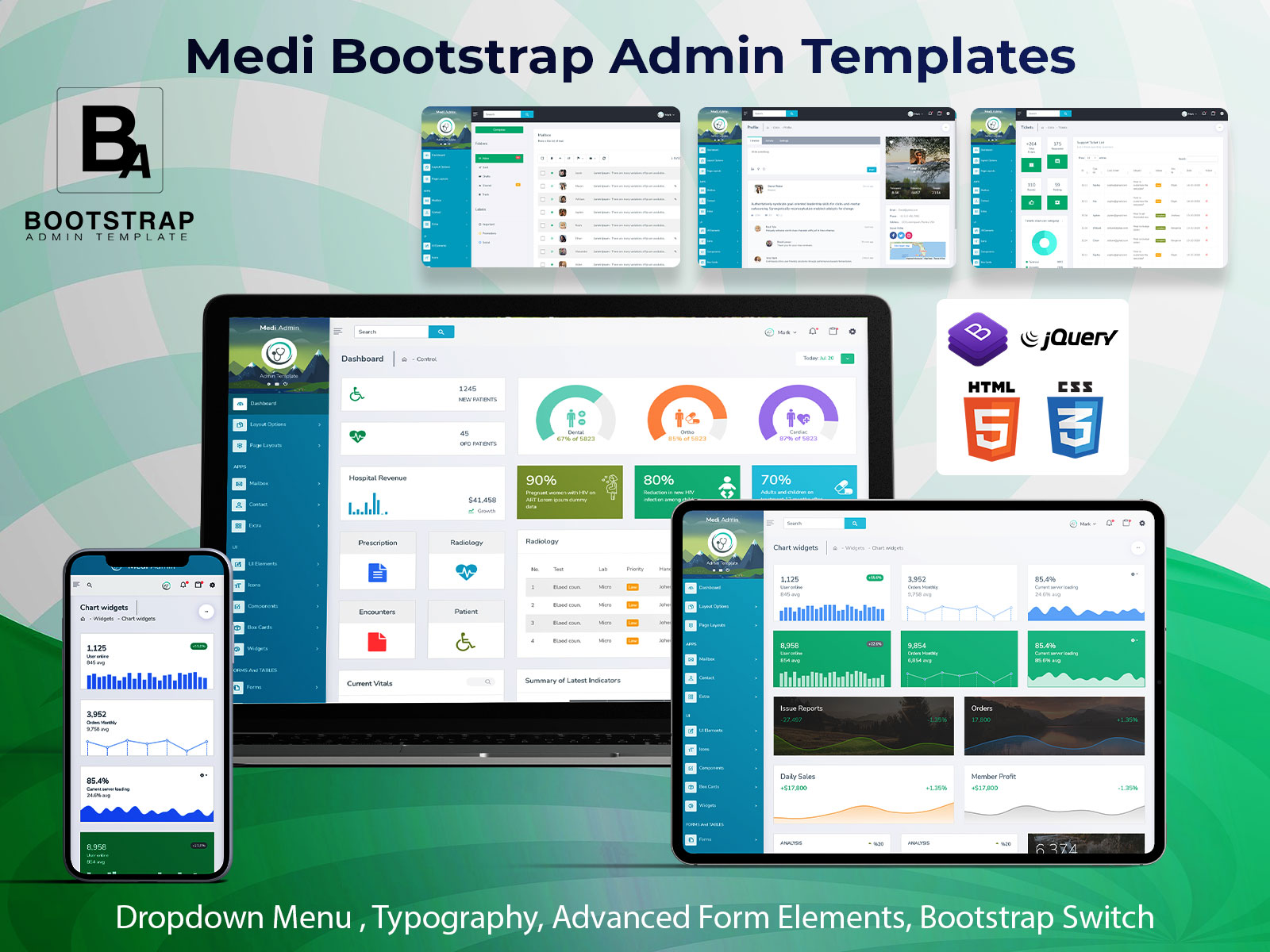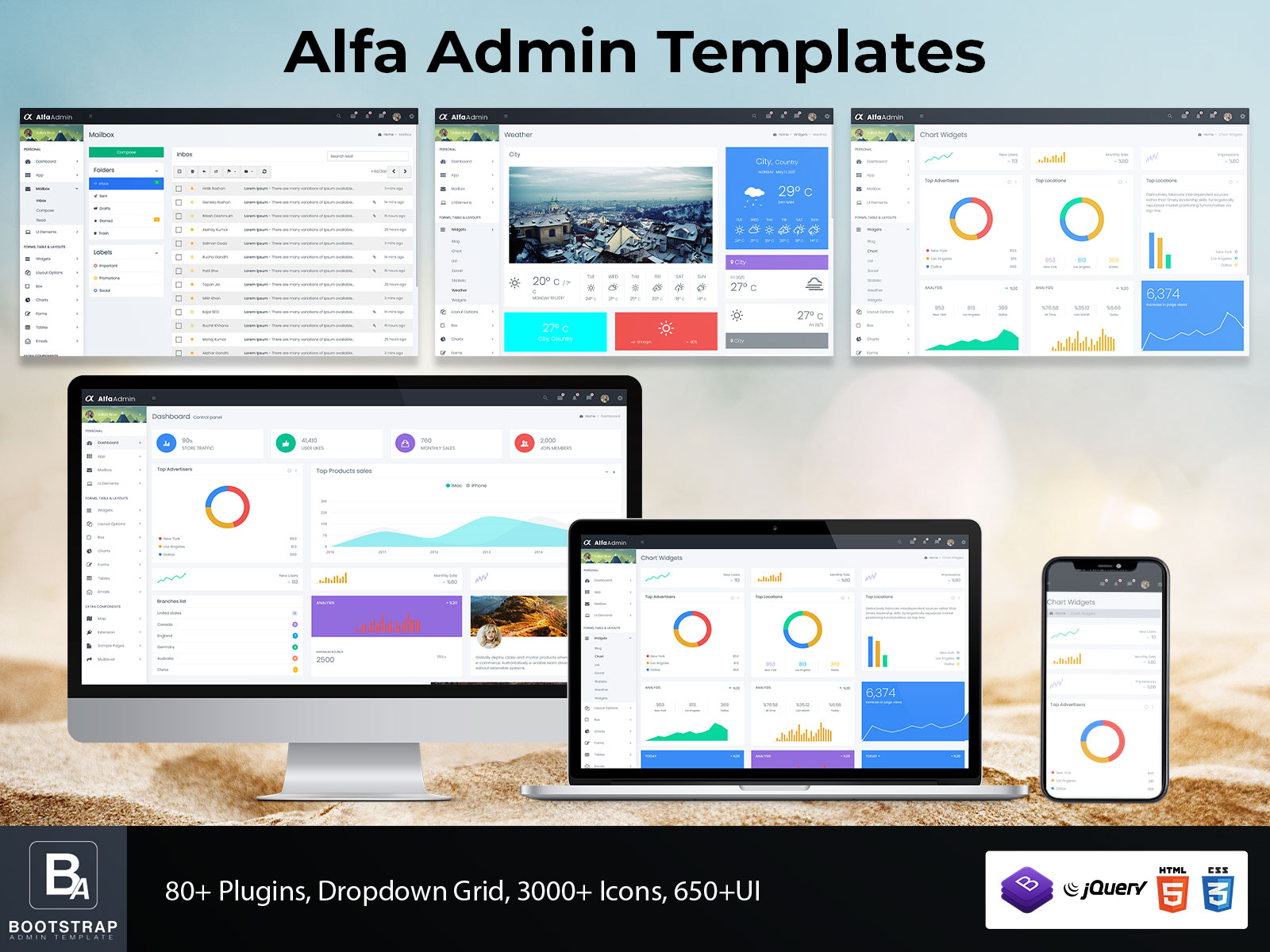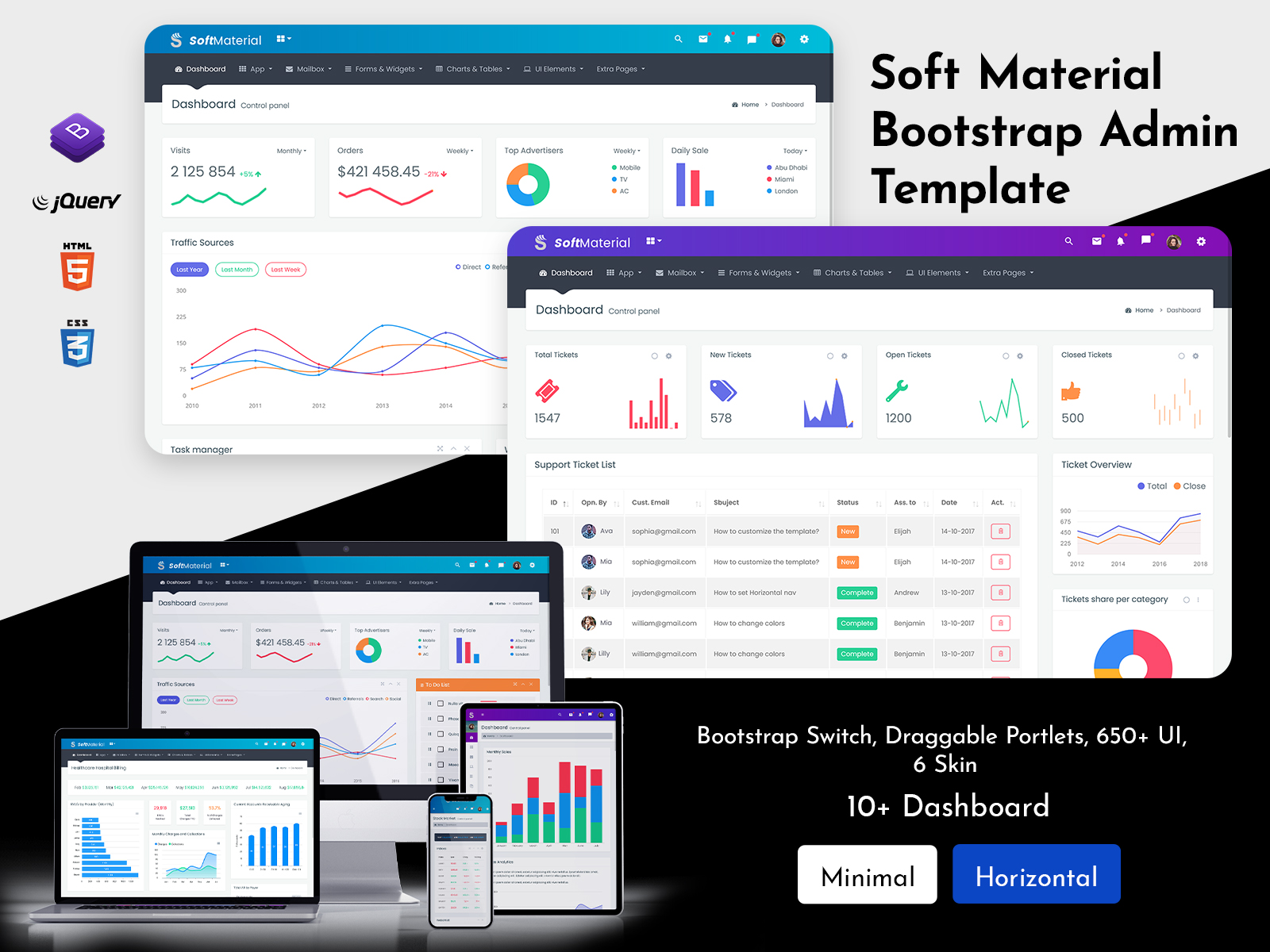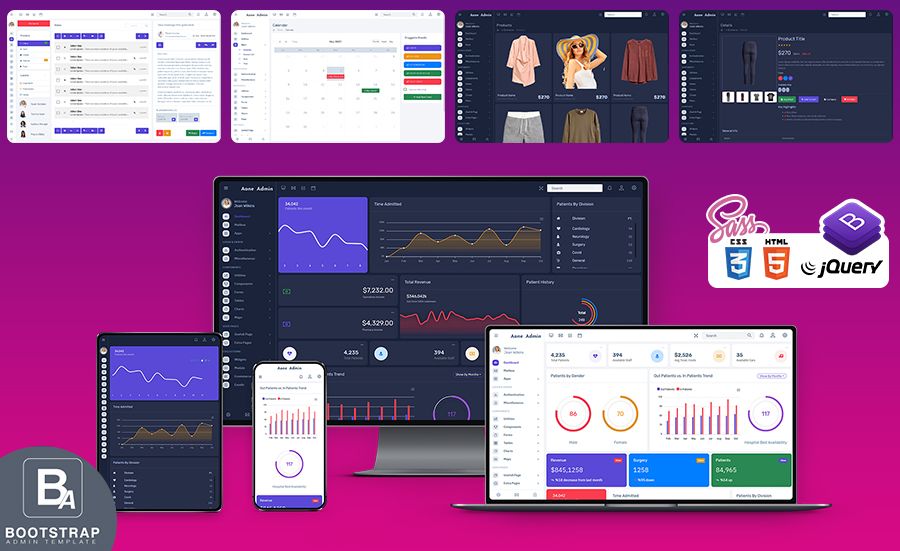
How to Create an Admin Panel Out of a Dashboard Template
So, you want to create a stunning Admin Panel Dashboard. You’ve arrived at the correct location! I’m going to walk you through the definitive guide to dashboard design, whether you’re new to the art or a seasoned pro, in the spirit of helping people achieve with data. In any case, your dashboards will have everyone you know wondering, “Can I do that, too?” after you’re through.
By the conclusion of this essay, I hope you’ll have all the knowledge you need to start developing visually appealing and informative dashboards.
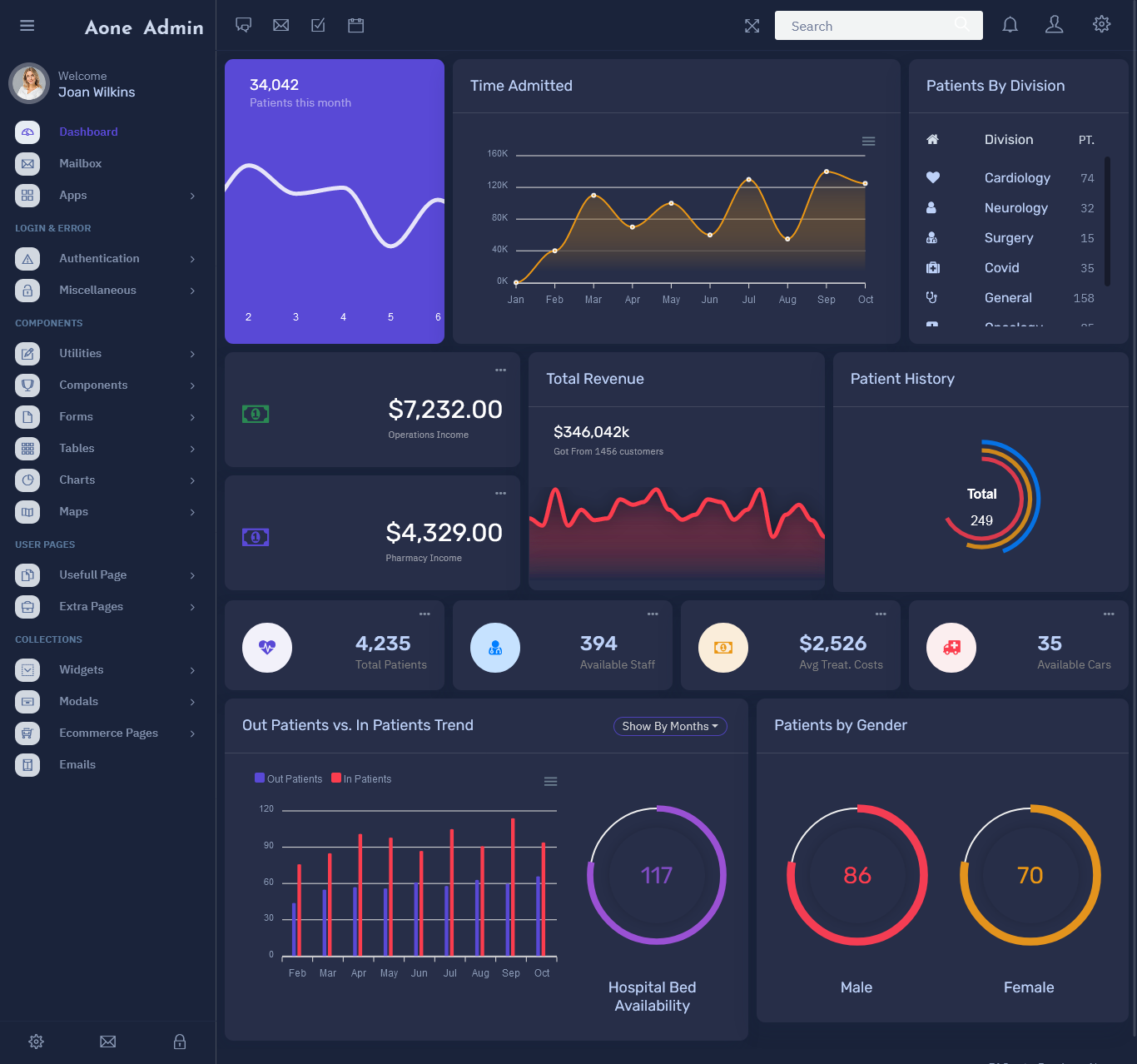
Define your target market.
A well-designed dashboard sends a clear message to the user. It’s easy to overlook the fact that business dashboards are a tool for communicating information about your performance. That implies dashboards must adhere to the same golden rule as other forms of communication such as books, websites, and television shows: know who your audience is. Admin Templates or the dashboard theme should be selected based on the target market.
Before I ever put pen to paper as a writer, I identify my target audience (or, uh, fingers to keyboard). What good is content if it doesn’t connect with your target audience? Bootstrap Admin Template Dashboard design should follow the same rule. It’s all too simple to consider oneself the default audience. It’s also simple to believe that everyone looking at your dashboard is on the same page as you. Don’t get caught in this snare!
Assume your audience is a new employee who has just started their first day on the job. The goal is to bring them up to speed on your company’s success so they can get started right away. Remember that the connection you have with your data is not the same as the one you have with your audience.
Be mindful about context
Context is key when it comes to your audience and dashboard. You’ll be able to better comprehend your audience’s demands if you know who they are. To make business choices, a CEO requires a dashboard that summarizes important performance indicators, while a social media manager needs a dashboard that emphasizes critical metrics from social media platforms like Twitter, Facebook, and LinkedIn to assess campaign success and gaps. Before you begin, make sure you understand the dashboard’s context to ensure it supports the user’s goals and objectives. This will help you to get a perfect Admin Panel.
Create several dashboards for various business requirements.
Don’t try to jam all of your information onto a single dashboard. Remember that the objective of a dashboard is to be able to rapidly absorb insights, therefore if your audience can’t get insights at a glance, your dashboard generally has too much data.
Design your dashboard with diverse departments, campaigns, and projects in mind.
To enable rapid access to KPIs and measurements that are arranged in relation to one another, create several dashboards for distinct business requirements or data.
Values for comparison are added.
By comparing current figures to historical levels or objectives, you may put them in perspective. At a glance, comparison values in visualizations distinguish between excellent and poor performance.
If you can’t think of a useful comparative value for a measure, it probably doesn’t require it (and adding one just for the sake of it could distract from valuable information on your dashboard)
Select the appropriate Dashboard Template visualization.
One of the most critical aspects of dashboard design is selecting the correct dashboard representation for your measurements. Check out our guide to data visualization for a more in-depth look at the many sorts of data visualizations available for your dashboard. When you develop Bootstrap Admin Web App, you should be mindful about UI UX. Proper UX design will contribute a lot towards the success of your Admin Panel Dashboard as well.
Color use that is appropriate
For visualizations, it’s recommended to utilize desaturated colors as a general guideline. Use saturated colors to bring attention to changes and signs in your data at the right moment and in the right location.
When using color to represent the same data on several charts, be consistent. Make it simple for users to understand categories with an inherent sequence or connection, such as time, risk levels, grade levels, or lead progression, by utilizing the same hue for all elements while altering the saturation of the color.
Red, green, and yellow traffic light colors should be utilized sparingly. Major issues should be shown in red, while opportunities should be highlighted in green on your Admin Panel Dashboard. Because yellow is often associated with the middle ground, it may not have the same visual effect on a Bootstrap Admin Dashboard. We advise you to stay away from yellow!

